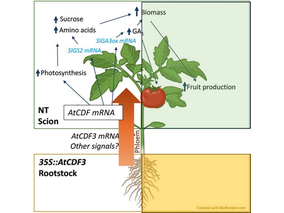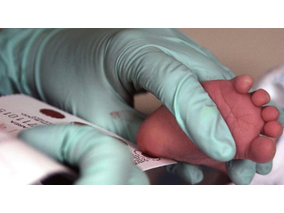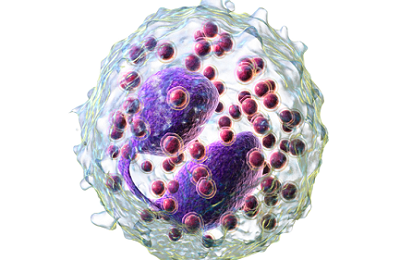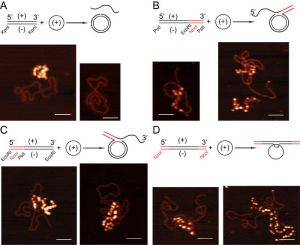During sexual reproduction, an exchange takes place of the genetic material that is inherited by the offspring. This promotes variability among individuals and has great importance in natural selection. In organisms like bacteria that do not reproduce sexually, genetic information is shared though a process of horizontal gene transfer (HGT).
CNB-CSIC scientists studied how this process occurs in bacteria and which proteins are involved. Their work, published in Nucleic Acids Research, centres on natural transformation, one of the main mechanisms used by bacteria to obtain homologous DNA segments from the environment.
The results of the study indicate that DNA can be incorporated with equal efficiency from either end, and the only barrier is the degree of homology between the two DNAs. "We show that this recombination mechanism could have important implications for ecological diversity, whether it’s initiated from the 3' or the 5' end of the DNA strand," says Juan Carlos Alonso, CNB researcher and lead author.
Natural genetic transformation consists of direct incorporation of external genetic material by bacteria. This foreign material enters through the cell membrane and is incorporated into the cell’s own DNA via a recombination process.
This mechanism is one of the main drivers of evolution in bacteria. It allows these microorganisms to exchange chromosome fragments, acquire antibiotic resistance, genes that increase their virulence or allow them to escape the action of vaccines.

The research team observed changes in head circumf...

AtCDF3 gene induced greater production of sugars a...

Un estudio con datos de los últimos 35 años, ind...

En nuestro post hablamos sobre este interesante tipo de célula del...

La revista ‘Nature Protocols’ selecciona esta técnica como “pro...
Biotechnology portal in Spain
Subscribe to our newsletter and stay up to date with the latest news and deals!
2013 © Biotech-Spain.com - Site Developments SL. All Rights Reserved. Terms of Service | Privacy Policy
Articles
Directory
